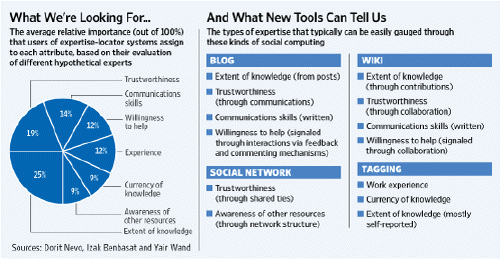Designing and running executive offsites and retreats in Asia
I am just back from Phuket in Thailand where I facilitated the offsite session of the top 120 executives of a major professional services firm in Asia. This is staple work for me. My role at these kind of events ranges from delivering a keynote presentation that brings forcibly home the key themes of the event, for example change or innovation, to in some cases designing and facilitating the entire event, particularly when it is focused on strategy development.
While executive offsite sessions are common to business around the world, there are a few specific dynamics to take into account for organizers of retreats in Asia.
Diversity
Asian countries, economies, and cultures are far more diverse than those, for example, in Europe. There are often different priority strategic issues across country operations, and management structures need to vary between operations. Offsite objectives and structure should reflect that.

